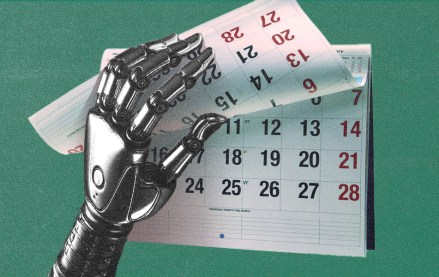They are still voices in the wilderness, but a few people are starting to question the digital ad industry’s obsessiveness when it comes to ever more granular targeting. In Digiday recently, Simulmedia CEO and behavioral targeting pioneer Dave Morgan estimated 90 percent of targeting isn’t worth it. Upstream Group CEO Doug Weaver, writing on his company blog The Drift, picks up on the theme with the argument that the online industry has grown up with a problem: it has long been in the service of direct marketers, crafting systems that cater to them, rather than to the big brands.
For years we’ve been driven by the principle that more targeting is always better. It’s just not. It’s just always smaller, more complex, harder to predict and ultimately less scalable. No matter how thinly we slice the bean, there’s always someone standing by with a sharper blade, always a few pennies more for an even leaner slice. Morgan is right: We’ve painted ourselves into a marvelously complex corner and only the truth can set us free — and only if we accept it.
More in Media

A timeline of the major deals between publishers and AI tech companies in 2025
Here’s a list of all the major deals signed between publishers and AI tech companies in 2025.

No playbook, just pressure: Publishers eye the rise of agentic browsers
For the bulk of publishers, Google is, as ever, the one to watch. It’s already got agentic features within its Chrome browser, but that’s the tip of the iceberg, some say.

The biggest SEO lessons in 2025 for publishers
KPIs are changing, more AI search data is becoming available, and publishers are looking beyond search to grow their audiences and revenue.





